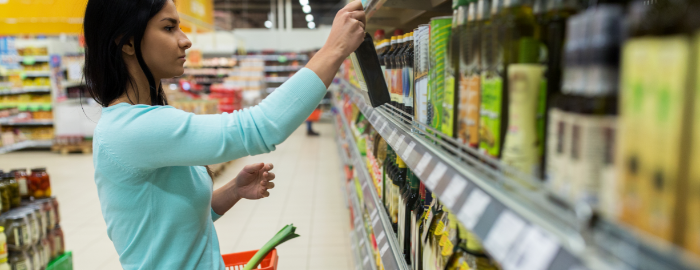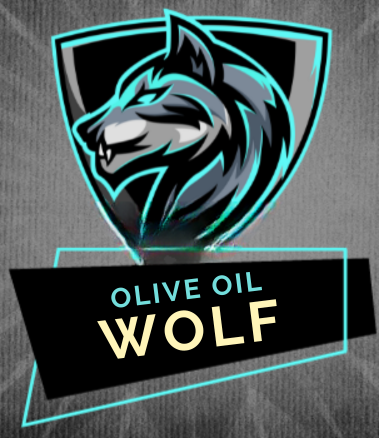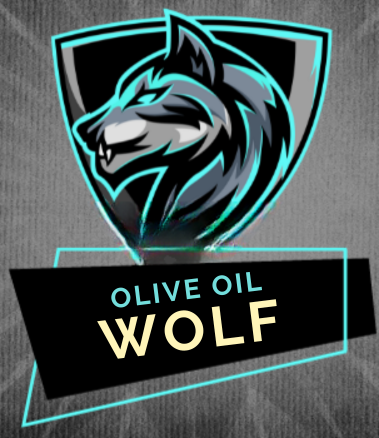
Understanding and Extending the Shelf Life of Extra Virgin Olive Oil
Extra Virgin Olive Oil (EVOO) is not just a culinary delight, it’s a nutritional powerhouse with many health benefits. However, like any perishable product, it’s crucial to know how to manage the factors that influence its shelf life.
In this article, we learn about the intricacies of extra virgin olive oil’s longevity and provide insights into preserving its quality during storage.
The Basics of Extra Virgin Olive Oil
Before getting into the shelf life, let’s briefly explore what makes extra virgin olive oil stand out. EVOO is extracted from the first cold pressing of olives, ensuring that it retains its rich flavor, aroma, and nutritional value.
Its low acidity, high antioxidant content, and monounsaturated fats contribute to its revered status in the culinary and health worlds.
Factors That Influence Shelf Life
Several factors impact the shelf life of extra virgin olive oil;
Exposure to Light
- Light exposure accelerates the oxidation process. Storing EVOO in dark-colored bottles and opaque containers helps shield it from harmful UV rays. High quality extra virgin olive oils are usually packaged in dark or opaque glass bottles.
Contact with Air
- Oxidation is a primary factor in oil degradation. Minimize exposure to air by sealing the bottle tightly after each use. Don’t leave it sit with an open pour spout unless you will be finishing the bottle within a few days.
Temperature Fluctuations
- Extreme temperatures, whether hot or cold, can adversely affect EVOO. Store it in a cool, dark place, away from direct sunlight and heat sources. In hot regions, store it tightly closed and try to finish it before it begins to taste different. High quality olive oils can be refrigerated, however it’s best to let it warm up to room temperature prior to use.
Container Quality
- Choose high-quality, airtight containers to prevent air from seeping in. Dark glass or stainless steel containers are preferable for maintaining freshness.
Determining the Shelf Life
While extra virgin olive oil does not spoil as quickly as other foods do, it can lose its freshness, flavor nuances and nutritional value over time. The shelf life of EVOO largely depends on the conditions under which it’s stored. The general lifespan of a stored bottle is about two years from the date of harvest.
Unopened Bottle
- If stored in optimal conditions (cool, dark place), unopened extra virgin olive oil can maintain its quality for up to two years. Because we don’t really know the shipping or storage processes, try to find extra virgin olive oil that has a harvest date within about one year of the current date for optimal freshness.
Opened Bottle
- Once opened, the clock starts ticking. Aim to use the oil within six months for the best flavor and nutritional benefits. Drinking EVOO straight daily is the best way to ingest the healthful nutrients while maintaining freshness. A one liter bottle should last about 3 weeks if you consume two tablespoons a day.
Signs of Rancidity
Recognizing the signs of rancidity is essential to ensure you’re using high-quality extra virgin olive oil. Common indicators include:
Off Odor
- Fresh EVOO has a distinct, fruity aroma. If it smells musty, it’s likely past its prime. EVOO becomes bitter with age and loses its health benefits.
Bitter or Sour Taste
- EVOO should have a pleasant, slightly peppery taste. If it tastes bitter or sour, it may have deteriorated. It is suggested to look for a specific bottle size that meets your needs. Its better to run out of olive oil than to keep a larger bottle rotting in storage.
Cloudiness
- While some cloudiness is normal, excessive cloudiness or sediment could signal spoilage. Date of harvest, smell and taste (at room temperature) should help determine freshness.
Tips for Extending Shelf Life
To maximize the shelf life of your extra virgin olive oil, consider the following tips:
Proper Storage
- Keep EVOO in a cool, dark place, ideally in a pantry or cupboard. Avoid storing it near the stove or any heat-emitting appliances. Refrigeration is permitted with high quality EVOO, however it’s best used at room temperature.
Use Dark Bottles
- Choose olive oil packaged in dark glass bottles to protect it from light exposure.
Seal Tightly
- Always seal the bottle tightly after each use to minimize contact with air. Don’t leave an open pour spout in the bottle when storing it.
Buy in Small Quantities
- Purchase smaller bottles to ensure you use the oil within a reasonable timeframe. Opened bottles should be used within about six months.
Check for Certification
- Opt for extra virgin olive oil with recognized certifications, as this ensures higher quality and authenticity. Certified EVOO’s usually have a clearly marked harvest date. The harvest date should be within two years of the current date.
In conclusion, understanding the factors influencing the shelf life of extra virgin olive oil empowers you to make informed choices and enjoy this liquid gold to its fullest potential.
By implementing proper storage practices and recognizing signs of rancidity, you can savor the richness of EVOO in your culinary endeavors, while reaping its numerous health benefits. Remember, the key to preserving the quality of extra virgin olive oil lies in the details of how you store and handle this precious elixir. Thank you!
Please leave comments, questions or suggestions below.
Tom – Olive Oli Lover

